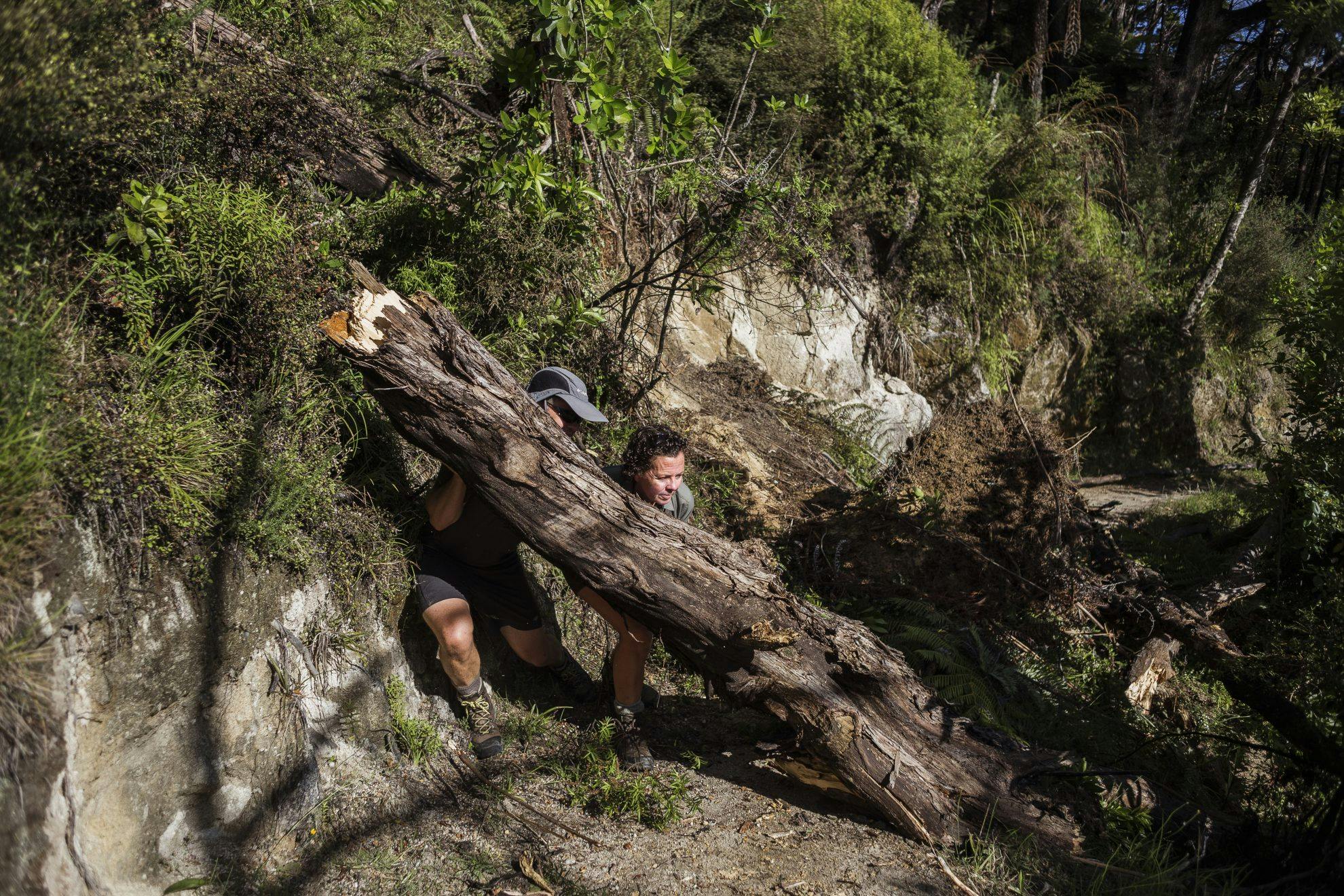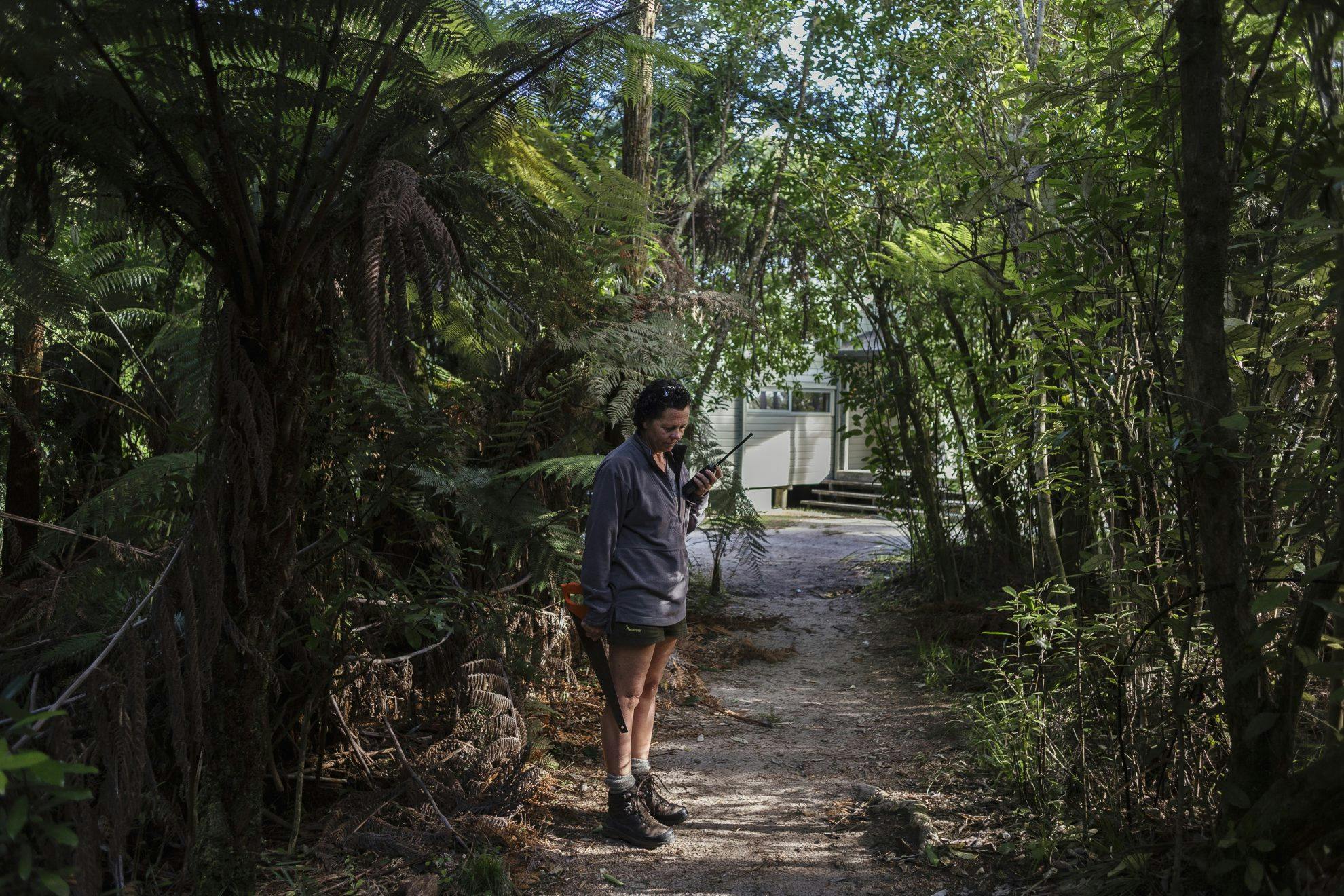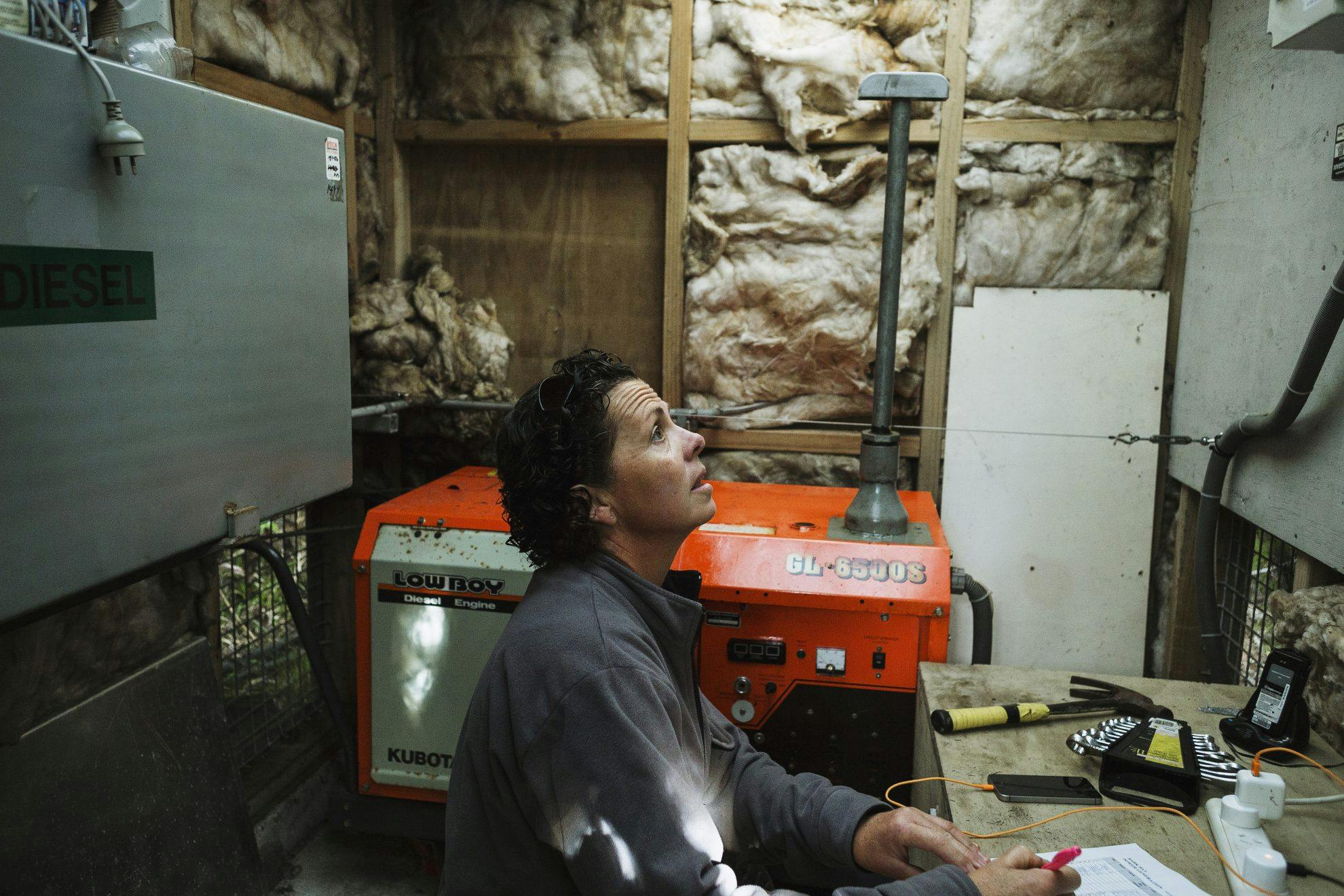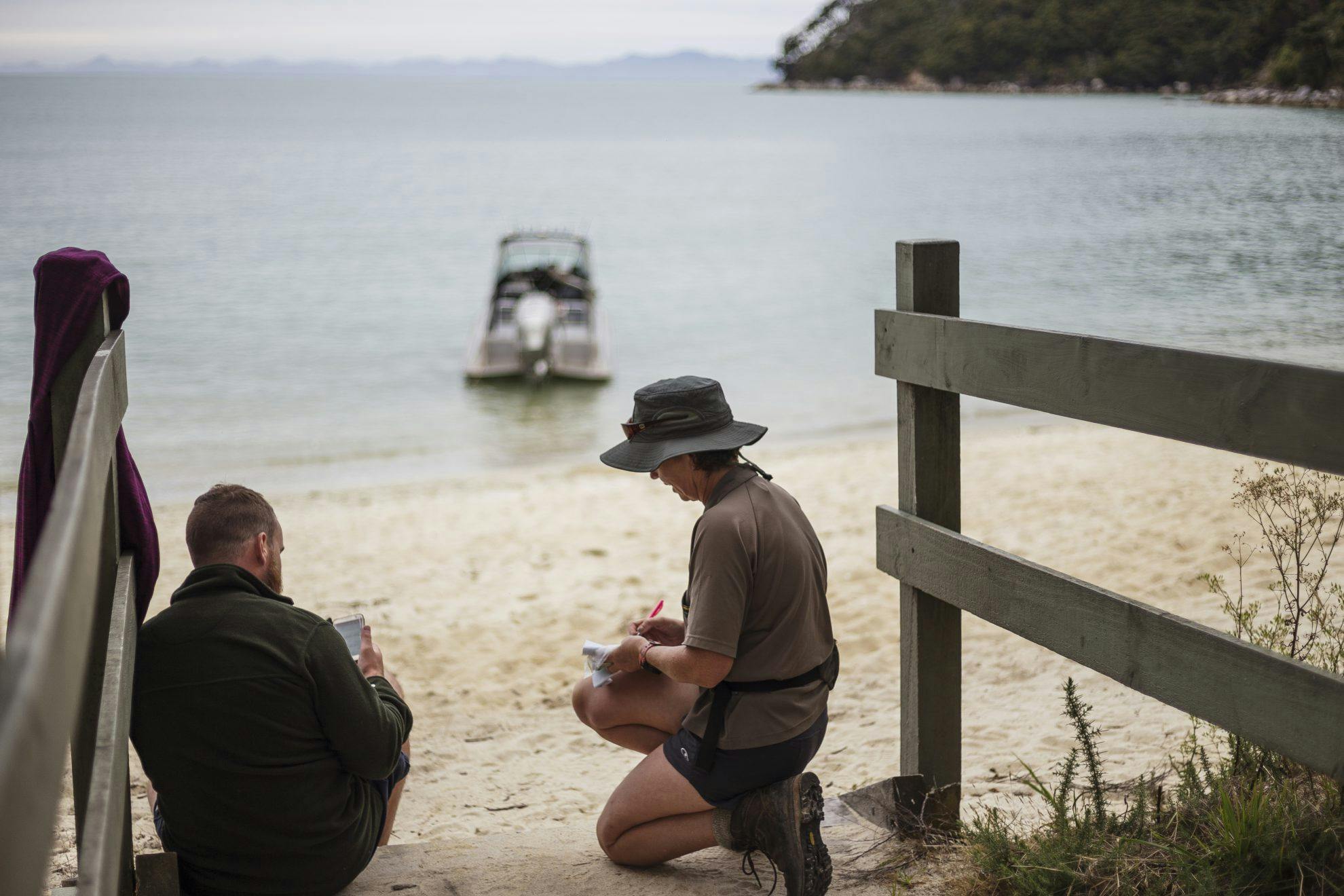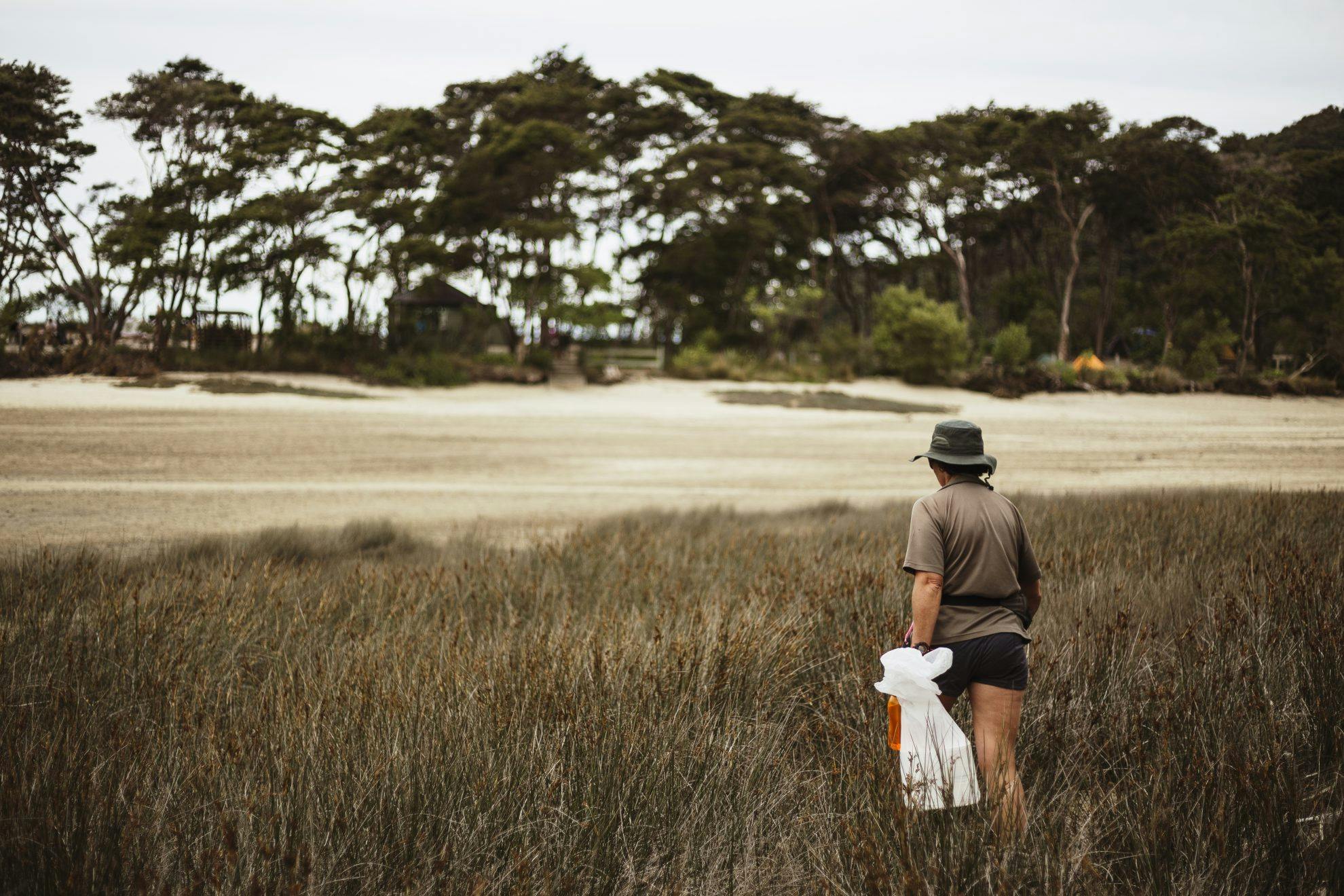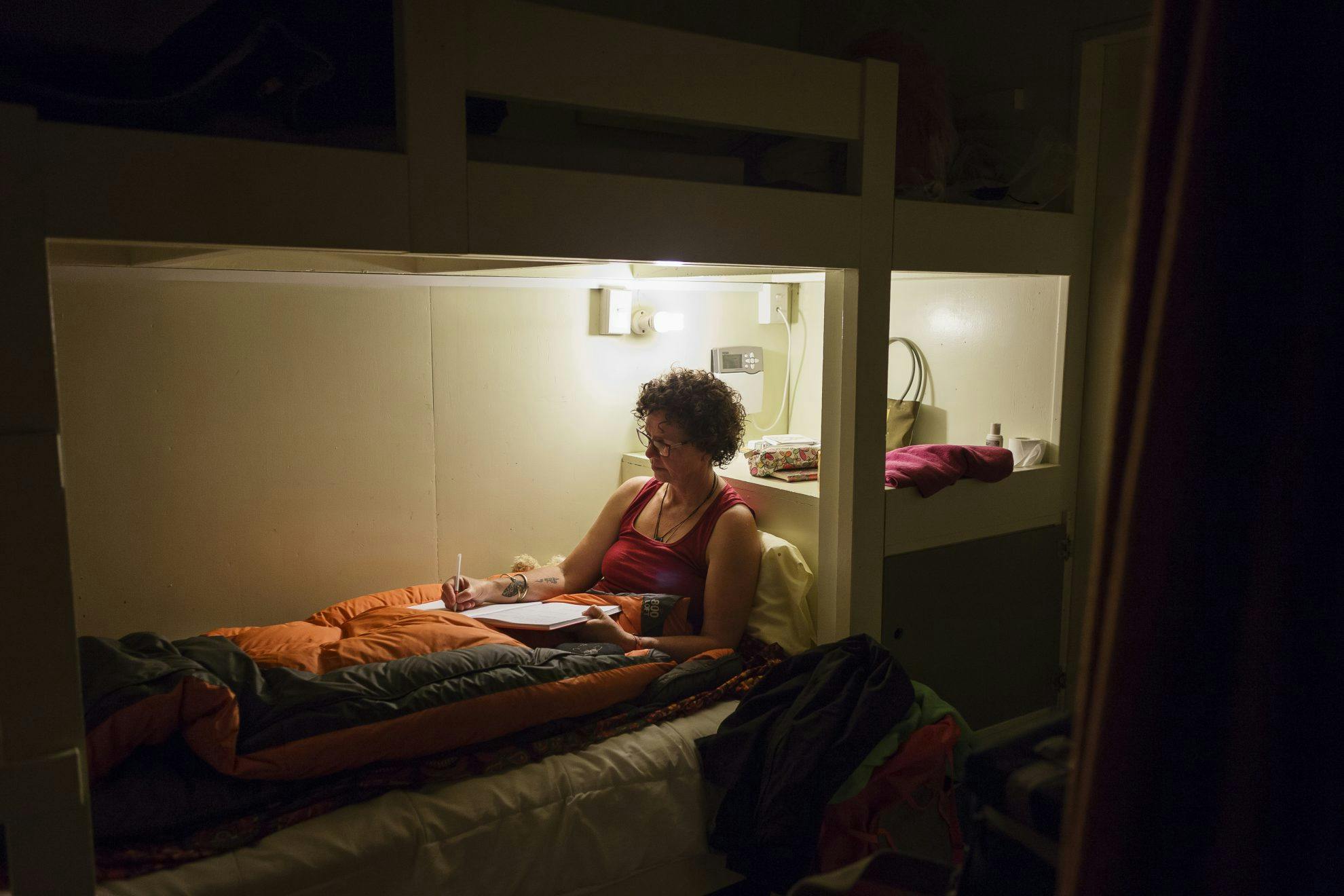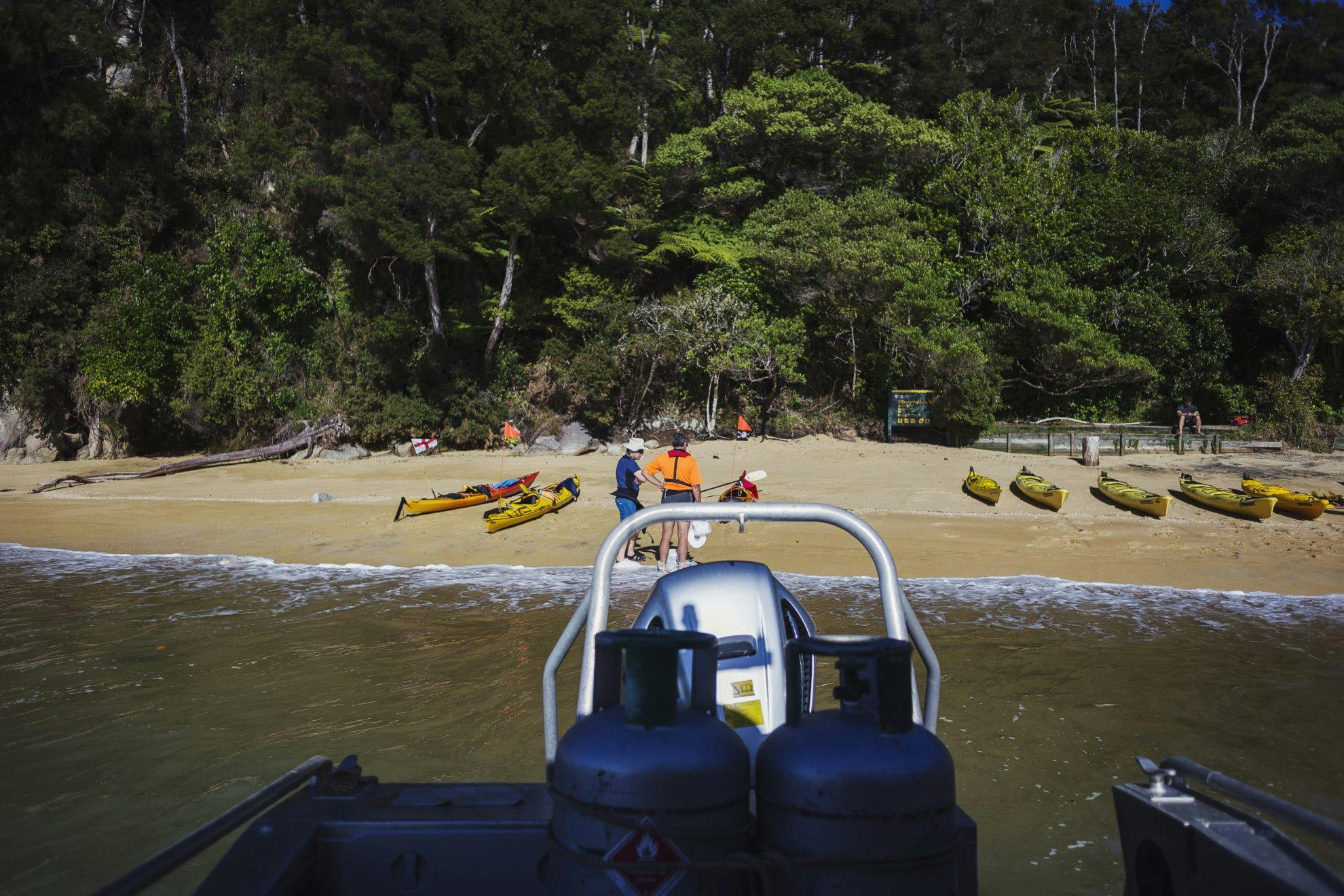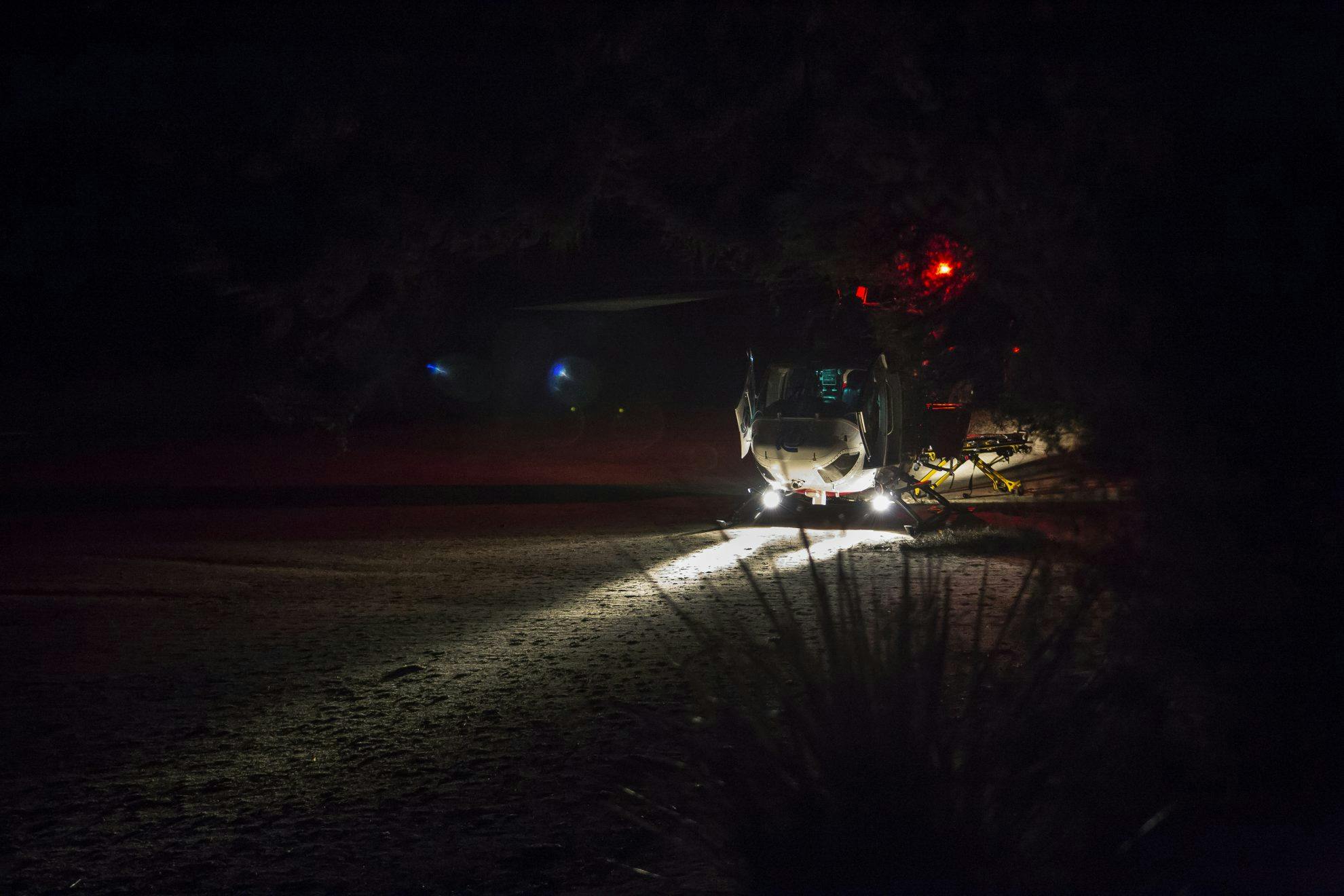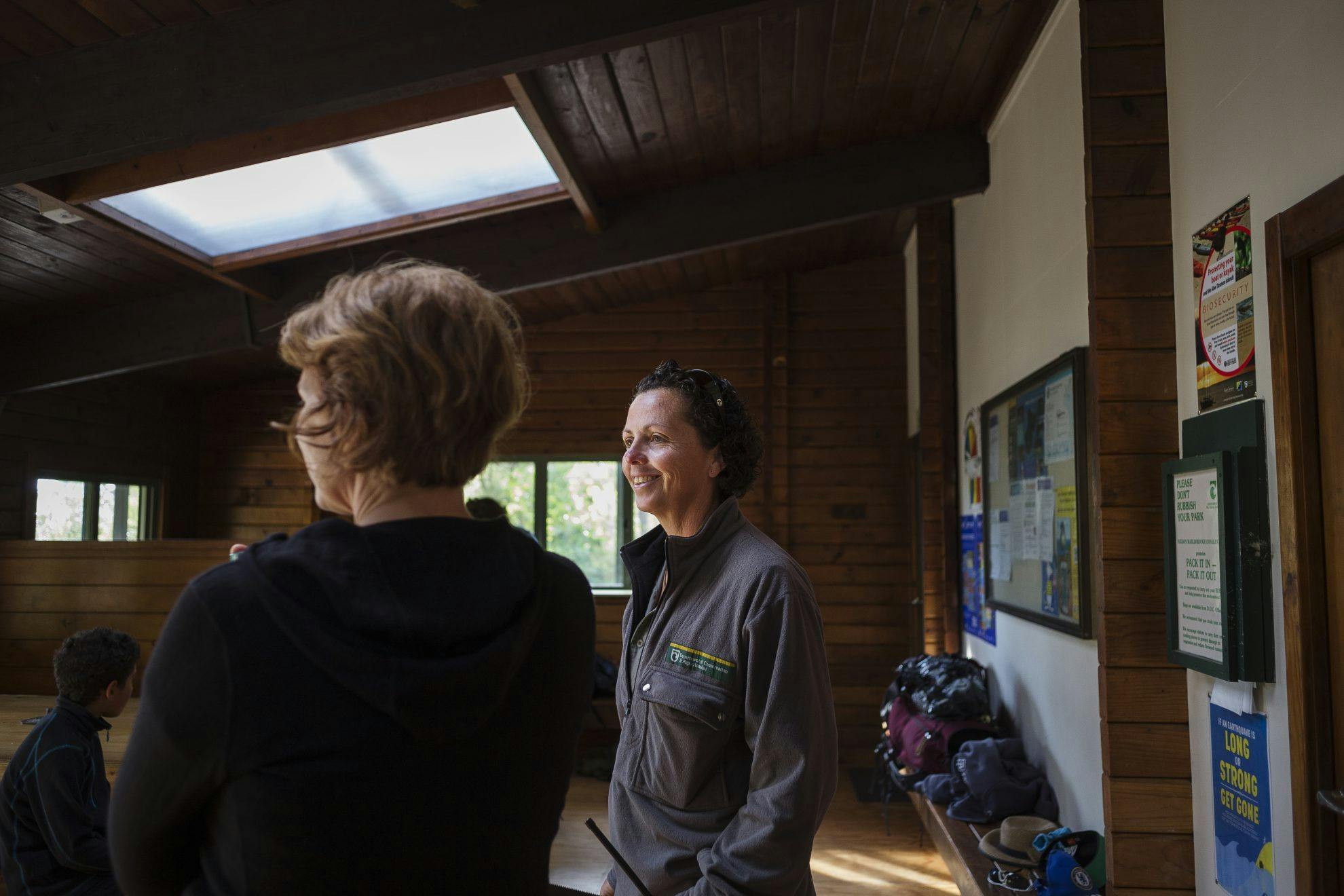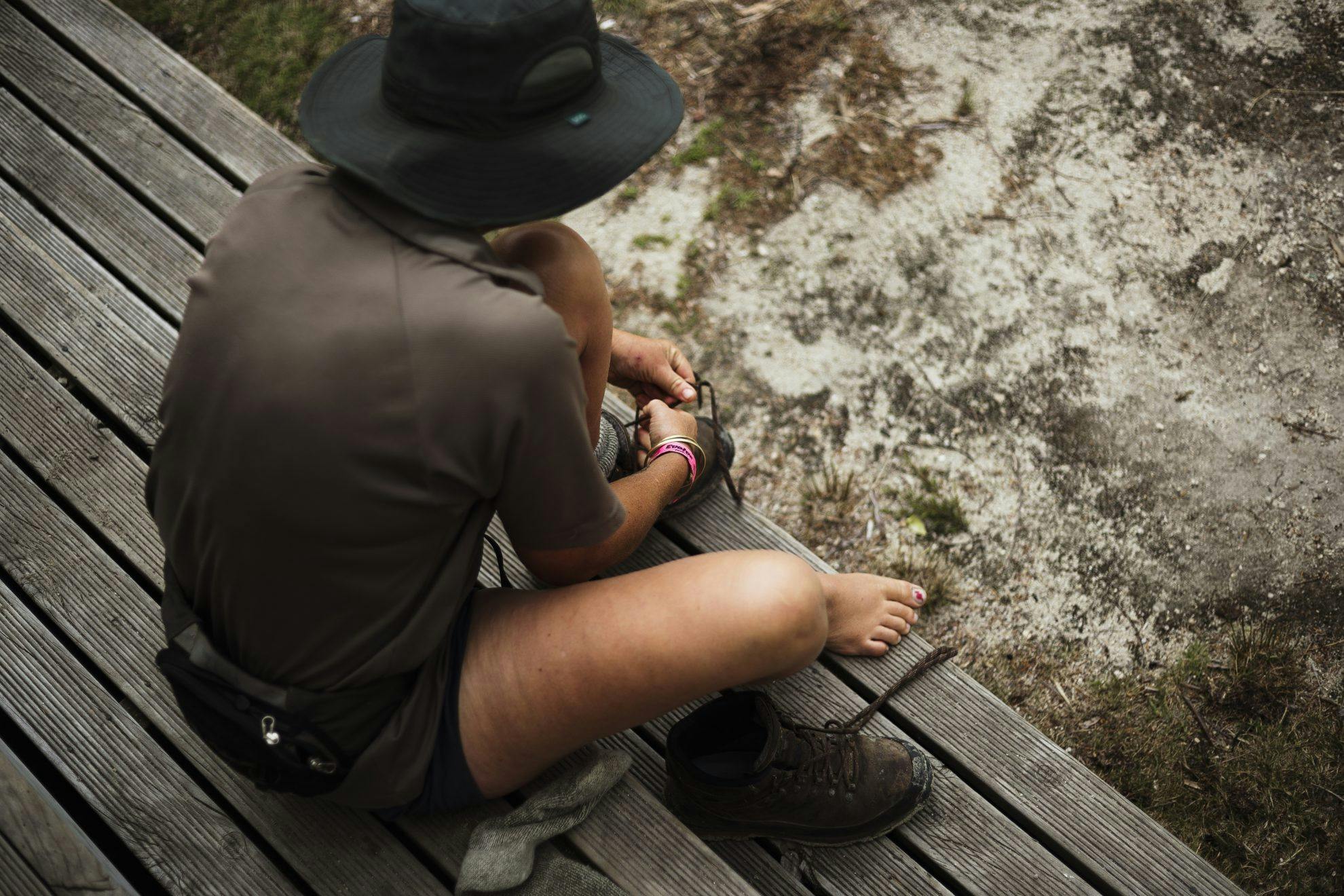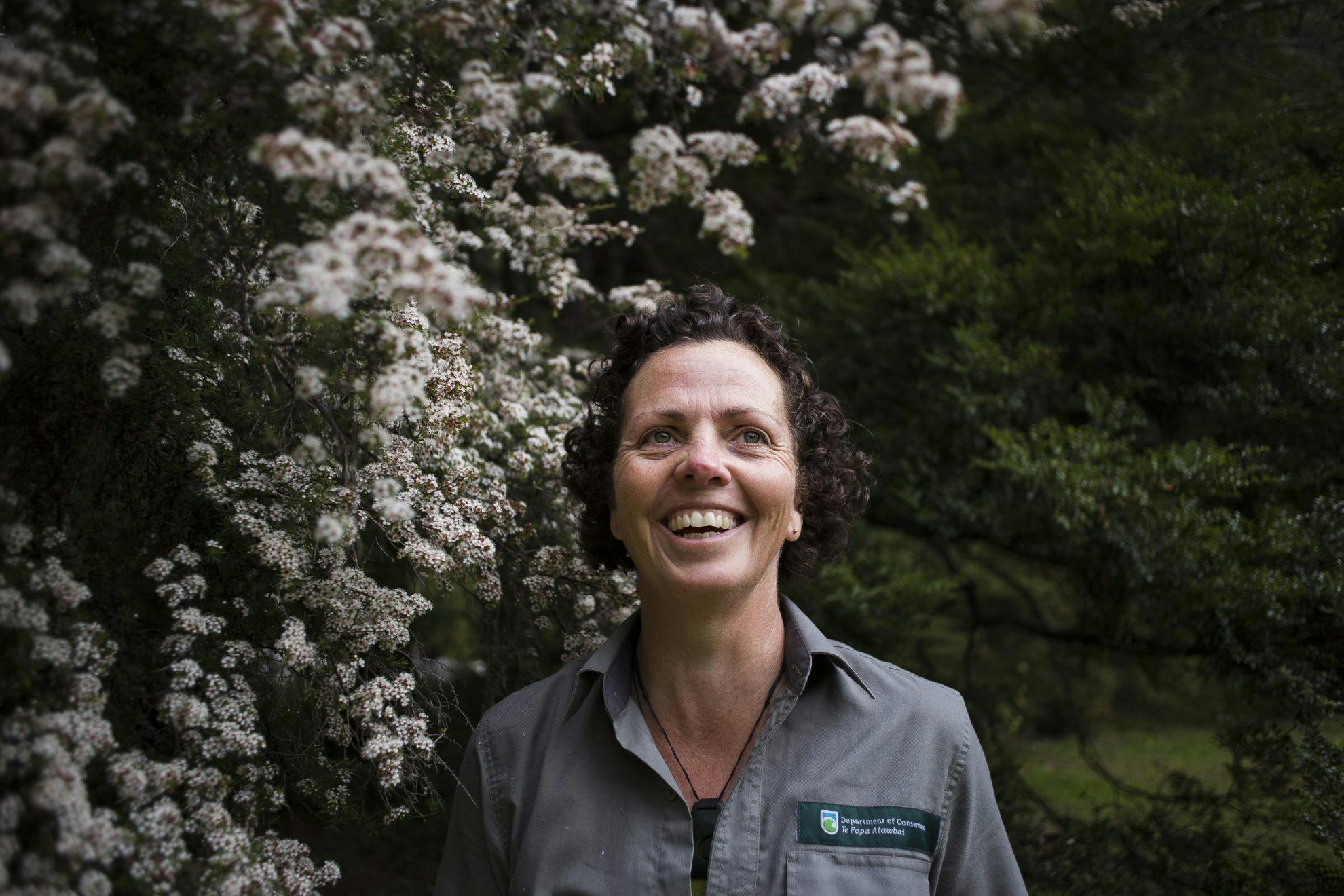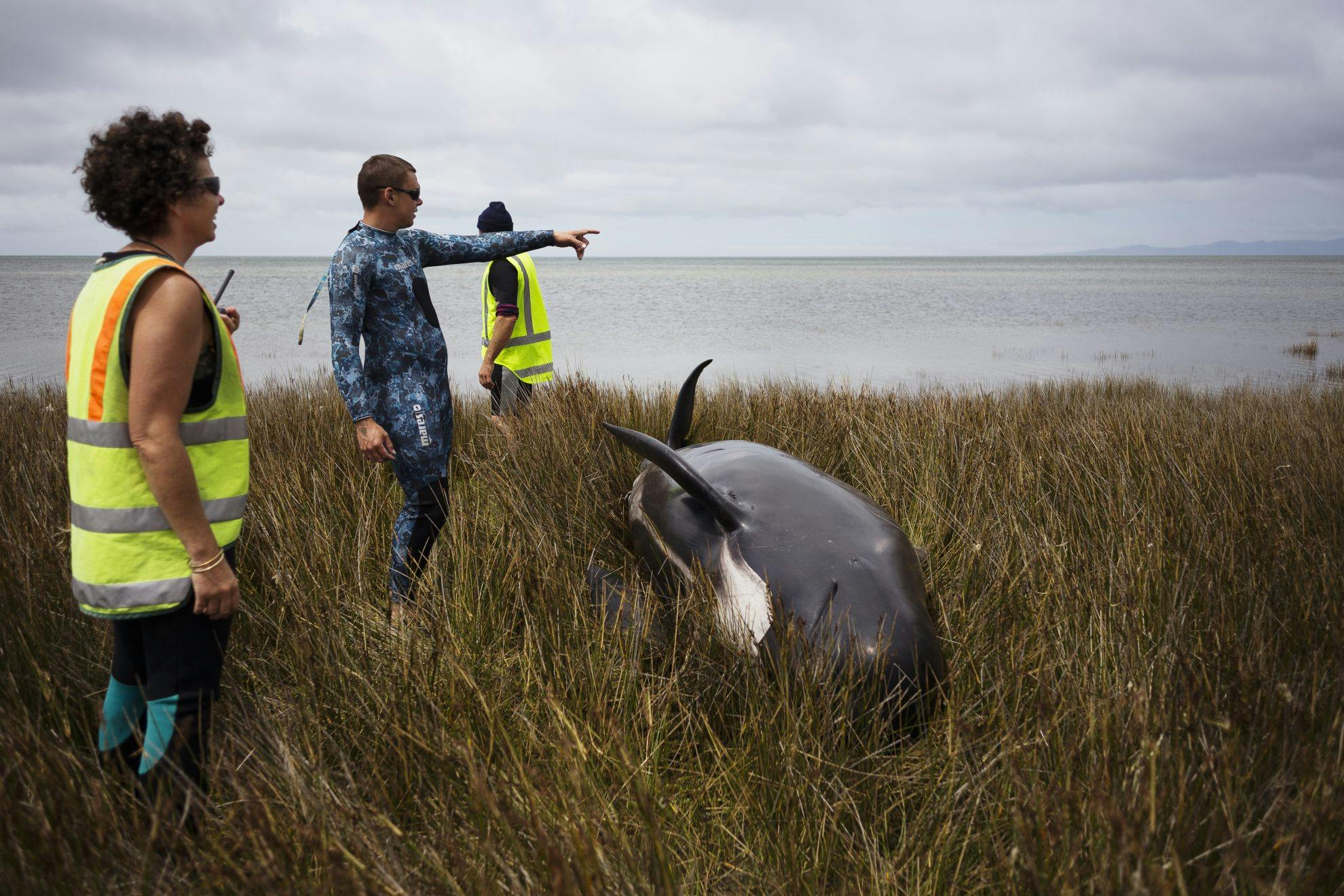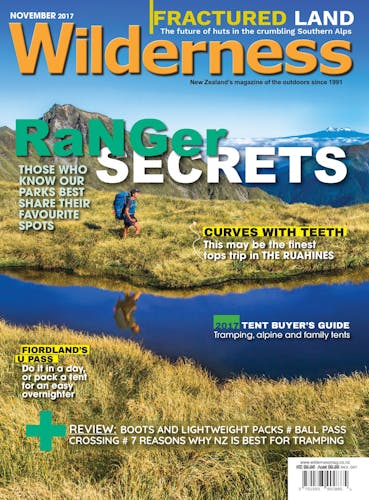Becki Moss spends a week chronicling the work of a trainee DOC ranger in Abel Tasman National Park
Almost a third of New Zealand’s landmass is managed by the Department of Conservation and the stunning landscapes and parks it cares for are the key attraction for a tourism industry worth $34 billion.
DOC celebrated its 30th anniversary this year amidst a vocal debate about the amount of funding it receives. Regardless of which side of the argument you are on, one thing just about everyone agrees is the importance of the work that DOC does to keep New Zealand’s national parks beautiful. It’s work is carried out by a dedicated team of rangers who carry out a multitude of tasks.
One of these rangers is Sarah Tunnicliffe, a trainee studying at Nelson Marlborough Institute of Technology. Last summer she worked at Abel Tasman National Park as part of the recreation team; clearing fallen trees from tracks, checking visitors have bookings and delivering toilet paper to bathrooms throughout the park.
The recreation team’s normal routine was interrupted when 400 pilot whales washed up at Farewell Spit. Rangers from around the country were called in to work with a huge team of volunteers to refloat as many whales as possible.
